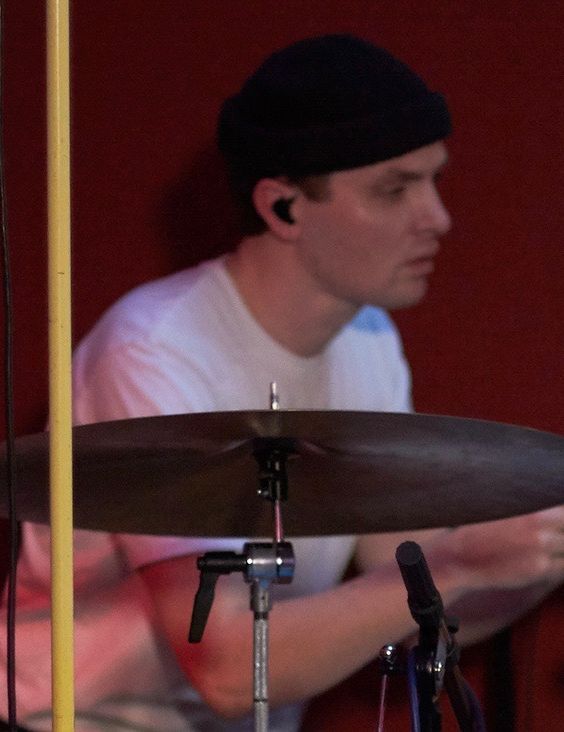In-ear monitors have been around for some time, but now they have become a staple for all creatives that take to a live stage. Like anything, systems range in quality, but principly, artists of all levels are focusing on getting their live mixes as good as they possibly can using IEMs. It’s great for the industry, great for the engineers, who have quieter stages to work with, and most of all, it’s really great for the ears.
In-ear monitors are critical components in modern touring and production systems for both the artist and the engineer. There are countless advantages over traditional stage wedges including lower, safer stage volumes.
This, in turn, results in superior audio clarity, and ultimately a better performance from the artist - and that’s before we even consider many of the other advantages, least of all not having to lug heavy speakers onto the stage, and battling with feedback issues. Swapping from wedges to in-ears initially brings a number of challenges for artists and the engineer, but it pays off in the long run.
For the artist, switching from a loud stage environment to essentially hearing everything inside your head can feel odd to start with, but when you consider the huge benefit that comes with having your own, personalised mix sent directly to you, it’s worth persevering.
To get an idea of just how much it pays off, we chat to some talented session/touring musicians who are working night after night, often in multiple bands, to make a living out of the music industry. All of them have made the transition from wedges to IEMs.
James Smithells is a guitarist, keys player, and vocalist for a string of artists performing on the circuit today: George Ogilvie, Marius Bear, and Caitlyn Scarlett, to name a few.
“The ability to protect your hearing from surging dynamics by working at safe volumes that you choose is a life saver,” he says. “Without them, I wouldn’t really know where to begin in terms of preparing for any live show. The ability to hear the mix that you want, without any bleed, was once a dream, but now seems to be the professionally standard way of achieving the perfect on stage sound for any level of performing musician.”
Singer-songwriter, guitarist, and groovemeister general, Lucy Lu (pictured below), has made quite a name for himself on the South London jazz scene. He too says he couldn’t play a show without his IEM setup.
“As a vocalist, it’s so easy to over throw your voice when trying to hear yourself in the on stage mix when using wedges,” he says. “The moment I changed to using IEMs, I noticed the general stamina of my voice increased, which meant I could sing for longer, and play more shows, day after day.
“I’ve known too many singers on the grassroots circuit that have suffered from voice issues after two or three shows simply from not being able to hear themselves, and having to push to get above the on stage audio bleed. With IEMs, you have clarity; and the ability to raise the vocals in your mix, and lower the levels of other instruments. The noise cancelling effect also stops any kind of pitching confusion.”

